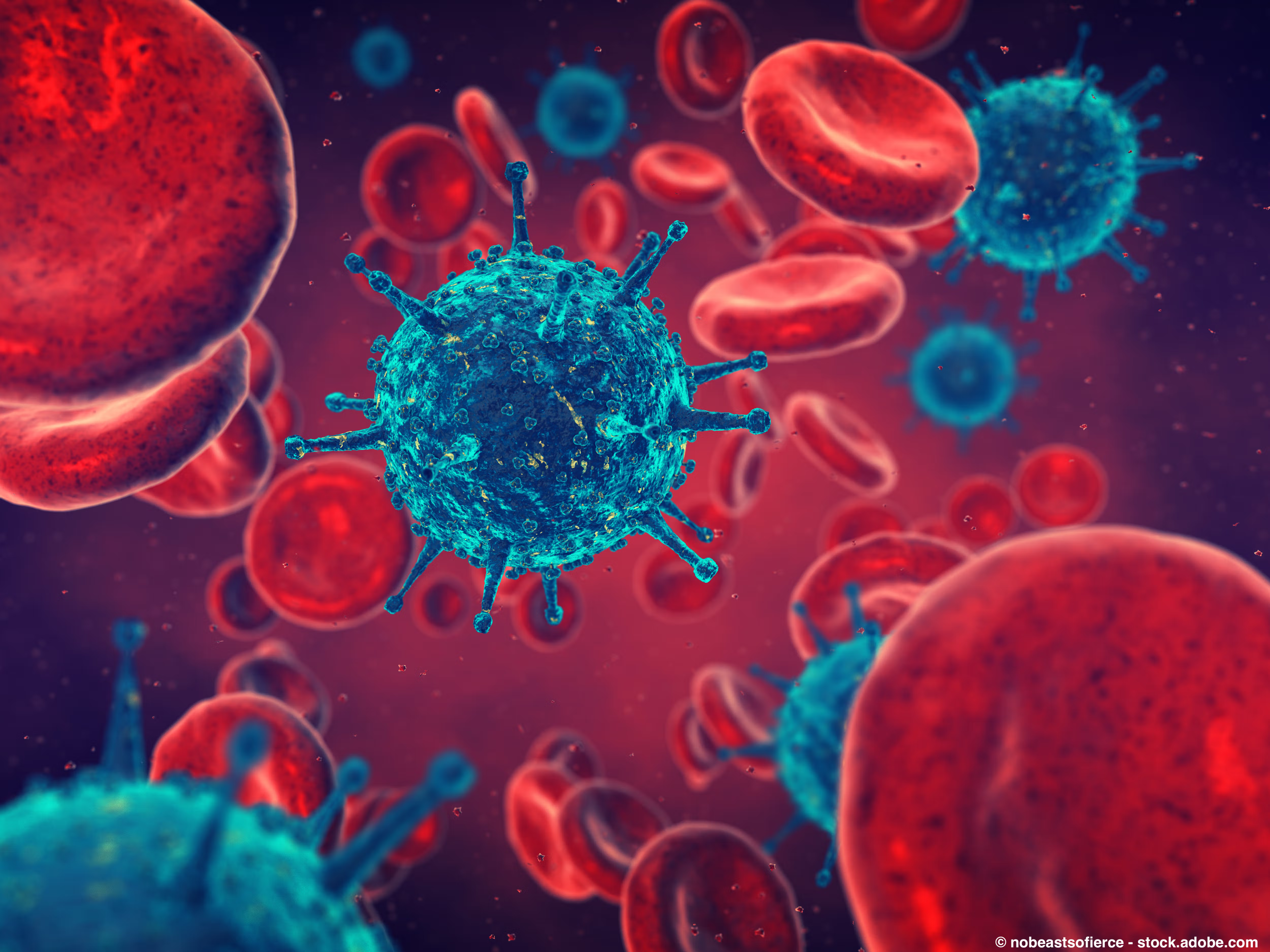Video
Chemoimmunotherapy in CLL
Transcript:
Nicole Lamanna, M.D.: Danise, when you first started therapy—and it was my colleague who actually initially treated Danise—what did Dr. [Mark] Frattini, M.D., Ph.D., talk to you about, in terms of treatment options at that time?
Danise Hoover: Well, there was just the one. It was a standard….
Nicole Lamanna, M.D.: Chemoimmunotherapy.
Danise Hoover: Chemoimmunotherapy. And it involved being admitted to the hospital. Because of the nature of leukemia, when you kill the leukemia cells, they flood your system and you have to make sure that they’re washed out. Usually that involves being admitted to the hospital and being monitored. It was a little more involved than just a standard chemotherapy suite. It was not terrible. The drugs were not so harsh. The kind of medication that they give you before they start the chemotherapy is effective. The side effects were less than I had anticipated. It was not terrible, if you could talk about chemotherapy that way. But it wasn’t terrible.
Nicole Lamanna, M.D.: Danise got a traditional chemoimmunotherapy approach at that time. There were several common chemoimmunotherapy drugs that we used for CLL [chronic lymphocytic leukemia], and still use, and many patients may still receive these agents. But chemoimmunotherapy usually consisted of either a purine analogue, drugs like fludarabine or pentostatin; an alkylating drug such as chlorambucil; and monoclonal antibodies, such as rituximab. There is also ofatumumab and obinutuzumab.
These are common approaches, and a combination of these drugs often would be used. So folks would get a cocktail. They might get two or three of these drugs together. I forgot bendamustine. That’s also another common treatment that folks get, and that’s chemotherapy. Those would often be given together, and patients would get this as a cycle once a month. They would receive treatment once a month for approximately six cycles to either fix their blood counts, shrink their bulk, their spleen, and then they would be monitored again until their disease needed treatment again. That was the traditional approach to CLL therapy: Treatment when their disease indicated treatment due to poor blood counts or bulky disease, then they would finish treatment, and then they would go back on monitoring.
Danise, in your case, when you started the chemotherapy, it sounds like you had relatively few side effects. And what she was referring to by being admitted was for her first treatment, right?
Danise Hoover: Yes.
Nicole Lamanna, M.D.: The rest were outpatient?
Danise Hoover: No.
Nicole Lamanna, M.D.: Oh, we kept you in for your bulky disease.
Danise Hoover: Yes.
Nicole Lamanna, M.D.: That’s not traditional. Dr. Frattini kept her in. She came back. You came back for your later cycles?
Danise Hoover: I came back, yes.
Nicole Lamanna, M.D.: People who have a very high white cell count and really bulky disease, what Danise was referring to: The reason she got admitted was not because it’s difficult getting the drugs through the vein. When the leukemia cells die, they can cause tumor lysis. This means that the cells can die and play havoc with your electrolytes and your kidney function. And that washout that Danise was talking about, flushing your system out with saline, was why she stayed in the hospital. She was hooked up to an IV [intravenous drip] to make her urinate because she was getting large volumes of fluid.
Danise Hoover: Large, yes.
Nicole Lamanna, M.D.: To flush that out and keep her kidneys and electrolytes in balance, so that it wouldn’t cause her any organ dysfunction. So oftentimes, some of us will admit those patients, but not everybody. But people who have large bulky disease or high white cell counts might get admitted for their treatment to monitor for that, to make sure that we keep them safe. And then they get discharged and are followed as an outpatient. So she got a traditional chemoimmunotherapy approach.
Danise Hoover: Yes.
Nicole Lamanna, M.D.: Which was common.
Danise Hoover: Yes.
Nicole Lamanna, M.D.: And now Danise, outside of that, didn’t have many side effects from the treatment.
Danise Hoover: No.
Nicole Lamanna, M.D.: But are there people who have side effects? Sure. That’s where your physician and the team become very important. They’re supposed to help make this as easy as possible. Certainly what may play into that might be some of your other medical problems—if you have diabetes, or heart disease, and other things. So the doctor needs to co-manage your issues along with your chemotherapy treatment to try to make this as seamless as possible and to try to minimize some of the side effects of treatment. And chemoimmunotherapy has been considered a more aggressive treatment when we compare it to some of our newer therapies. Danise got true chemoimmunotherapy, which could potentially have lots of side effects. But as you can see, she tolerated it very well. Danise received three cycles of chemoimmunotherapy, but then we concluded that she still had a very large spleen.
Danise Hoover: Yes, it wasn’t working the way they anticipated that it would work. And so I was given an option. I had the choice of the standard of care of the next level of drugs or a clinical trial.
Transcript Edited for Clarity




